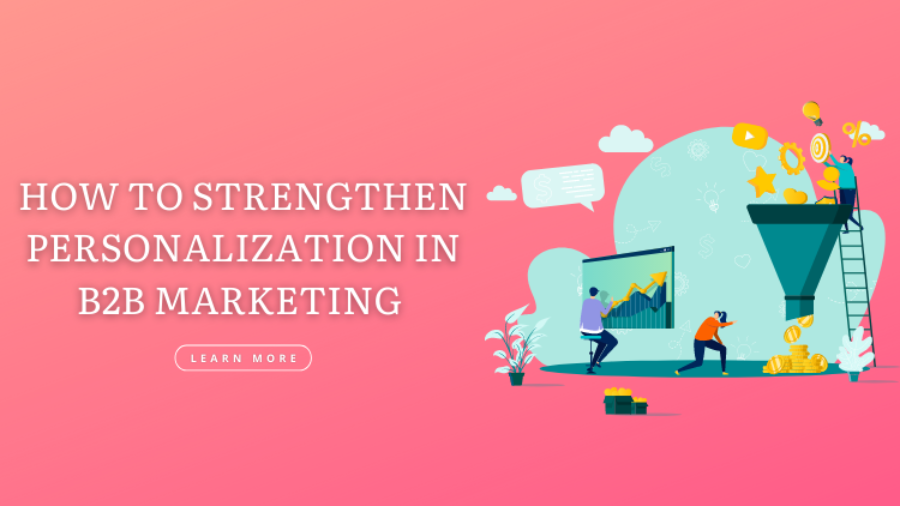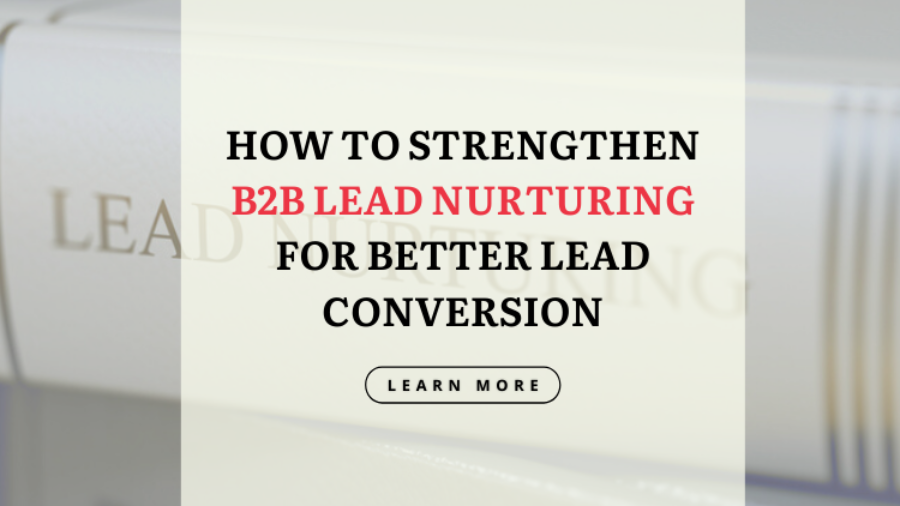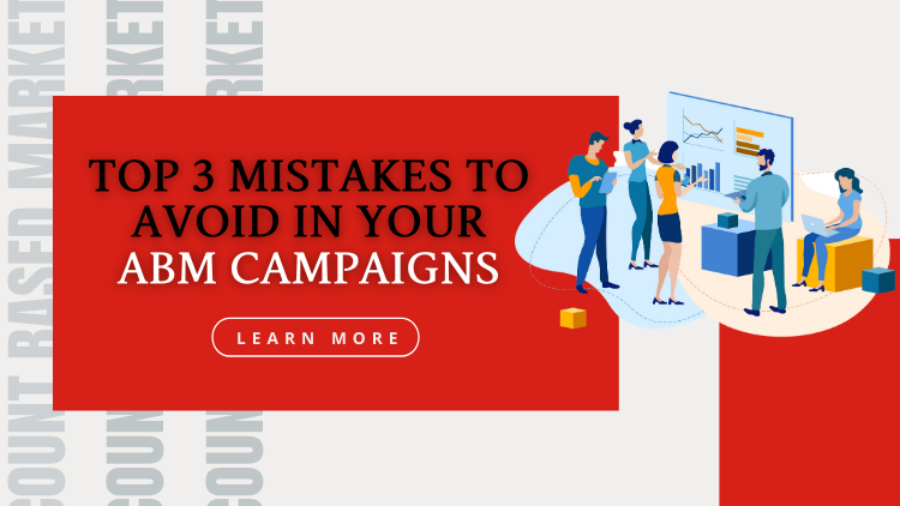B2B organizations have realized that personalization is the key to getting more customers, retaining customers and building strong relationships that work long term. Marketers are now no longer looking for short-termed solutions. Acquiring new customers is a lengthy process, however, retaining customers and nurturing them with personalization creates stronger and long term business ties that can give better ROI.
Personalization has been in vogue for quite some time and b2b marketers and organizations are yet to see its full potential. Here is a blog that talks about some of the best techniques to strengthen personalization in b2b.
360 degree view of customer:
Having enough knowledge of the attributes of the customer, his inclinations, his likes and dislikes, his preferences, the buying history, geographical influences, family and their influences and much more can give a 360 degree view of the customer. This in fact is at the very core of b2b sales and marketing success.
The data you seek needs to be essentially about these details about the customer. For example, if a prospect’s family prefers a certain service provider for a longer duration, chances are they have developed loyalty toward that brand for some reasons.
As a marketer, if you look into their buying history and analyze details of why they prefer a particular brand, product or service, it can give a clear idea of their needs. This data can help marketers reconfigure their approach, communication and even customize services to suit the needs of the customer. Hence, personalization becomes significant when it comes to not only capturing the attention of the prospect but to also to convert them into business.
Content assets based on analytics:
Analytics and analysis of data plays a huge role in deciding the right strategy for the right customer. Technology too is invariably important in predicting and analyzing customer behavior. But when you combine technology with human instinct, experience and expertise, you will most likely get the best results when it comes to lead conversion. Analytics can help create buyer personas and mapping out buyer journeys etc.
Analysis of customer profiles and creating ideal customer profile helps in creating effective content assets to enhance personalization. Content assets and personalization are inseparable. Content assets such as white papers, e-books, infographics etc. can go a long way in starting conversations, creating scope of connecting on a personalized level for better understanding of the customer and much more.
Email marketing:
Personalization would be incomplete without email marketing! In fact, email marketing is one of the most effective tools when it comes to personalization. Email marketing can have a massive impact on ROI and this comes with effective messaging, communicating the right offers to the right prospect at the right time. Email marketing can widen the reach of your marketing efforts and can help you to tap the target audience for better ROI. It can help you to make to communicate in a more personalized way with decision makers so that you can influence their buying decisions reducing your sales cycle.
Conclusion:
Personalization is the key to successful marketing and sales in 2021. This is the most accepted and the most effective way to communicate with your clients, customers or prospects. It can help build long term relationships and can foster them for better results. Making a wise choice of channels or social media platforms to personalize communication can be a game-changer for b2b.




